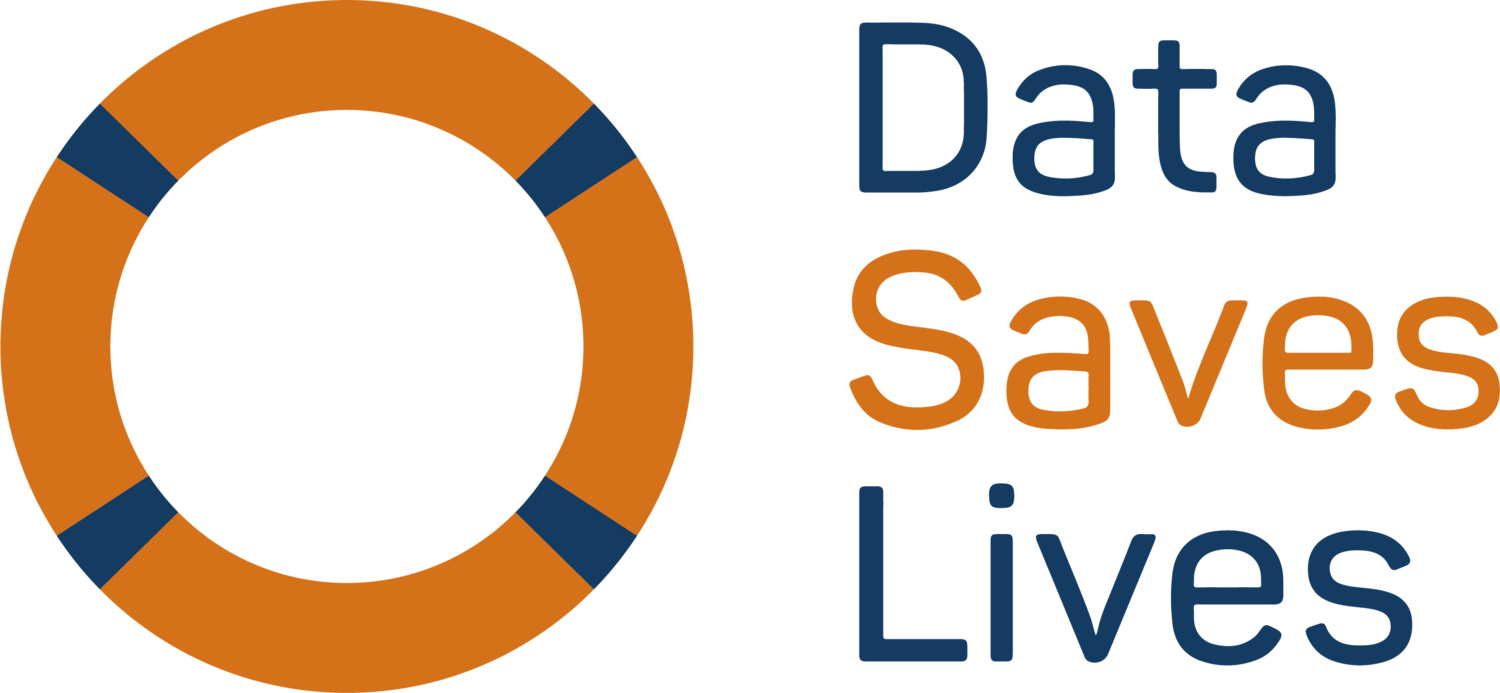Most people today agree that data is the new oil of the digital economy. Unlike scarce natural resources, data has the appealing attributes of public goods. It is nonexcludable and nonrivalrous [1]. In simpler terms, data can be re-used by many at nearly zero cost.
Health data, however, belongs to a refined oil class. Besides its public good attributes, health data saves lives and contributes to health improvement of individuals and populations. At individual level, it provides value to caregivers and patients allowing information continuity, collaboration, and waste reduction. Aggregated and duly anonymised, it offers opportunities to health researchers equipped with advanced data analytics to expand their research capacity and scope, validating new hypotheses and discovering new causal relationships.
Despite all these social benefits, the landscape of health data looks like a fragmented gridlock. Siloed health information systems store teras of data collected for the primary use of healthcare organisations. Exchanges of health data with other health agents have progressed in the last decade thanks to national and regional initiatives. However, data sharing with patients, research institutions and cross-borders remains a pending subject globally.
Image by Adli Wahid from Pixabay
If we aim to untap the social value of health data, further efforts are needed to let data flow easily and securely. Many are the European Union endeavours that pave the way towards this direction. To operationalise the cross-border healthcare directive, the eHealth Digital Service Infrastructure deployment enables exchange of electronic patient record summaries and prescriptions between Member States. The three priorities of the Communication on the Digital Transformation of Health and Care in the Digital Single Market reinforce access, control and re-use of health data for care and research. Recently, the European strategy for data and the mandate to develop the European Health Data Space point the way forward accelerated by the unprecedented COVID-19 crisis.
Some research and innovation actions funded by European Union’s Horizon 2020 aim at enabling health data exchange, sharing and donation. This is the case of the InteropEHRate project which utmost goal is to make citizens’ health data available and shareable when and where is needed. InteropEHRate develops open specifications and protocols to exchange Electronic Health Records (EHR) data between healthcare providers and patients across Europe. With EHRs in people’s hands, European citizens can seek care elsewhere and share their data with other healthcare providers even at the event of an emergency or without internet access thanks to device-to-device data transfer. InteropEHRate technological solutions also equip patients to share their data with health research institutions protecting their privacy.
The convergence of European policies with international, national, regional, and local actions can defragment the current health information landscape, bringing back health data to people. It’s at this level that health data can often be at its most powerful, empowering people to make positive decisions about their own health. Together, we can find ways to give the people what they want.
[1] Nonexludable: it is costly or impossible for one user to exclude others from using a good
Nonrivalrous: when one person uses a good, it does not prevent others from using it.
Tino Martí, eHealth Project Officer, European Health Telematics Association (EHTEL)


